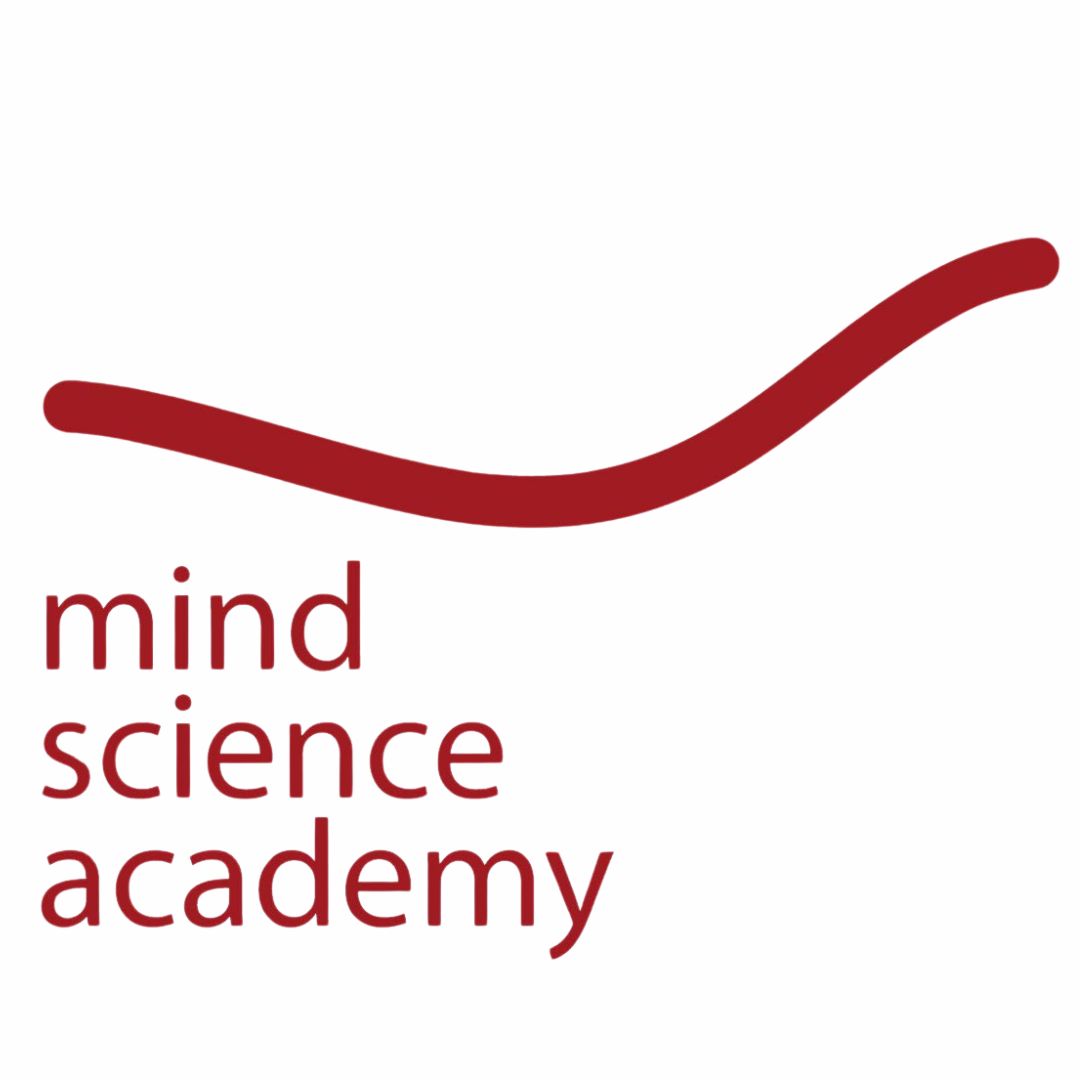Angelo Gemignani, director of the Department of Surgical, Medical, Molecular Pathology and the Critical Area of the University of Pisa, introduces us to a fascinating topic in the panorama of contemporary neuroscience, that of the connectome. To understand the functioning of a network, you need to know its elements and the connections that run through them. The purpose of connectomics is to discuss research strategies aimed at a structural description of the network of elements and connections in the human brain.
This functional map of a highly complex and variable structure, the connectome, becomes an essential tool for interpreting dynamical brain data, from in vitro single cell overview to functional neuroimaging.
Angelo Gemignani Angelo Gemignami is a physician, psychiatrist and psychologist, currently teaching neuroscience at Pisa University, director of the surgical pathology and molecular medicine department; director of the neuroscience, mindfulness and contemplative practice master course and of the clinical psychology branch in the pisa university hospital ward. His teaching activities include various areas of interest such as the psychobiological grounds for human behavior, neural corelates of psychopathology, integrative cerebral functions and clinical psychology. His research activities are dedicated to the study of the psychobiological basis of sleep, consciousness and its non-ordinary states, anguish and negative emotions.


